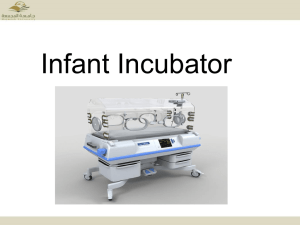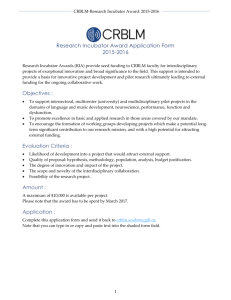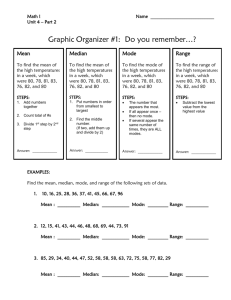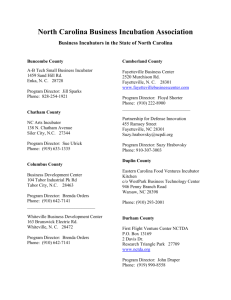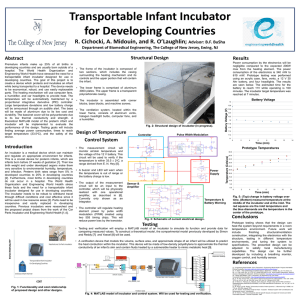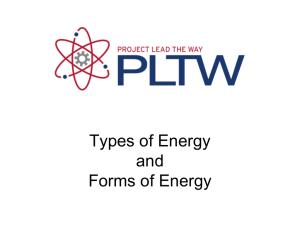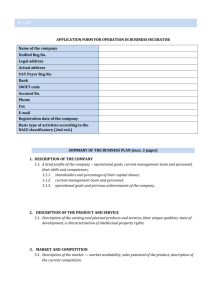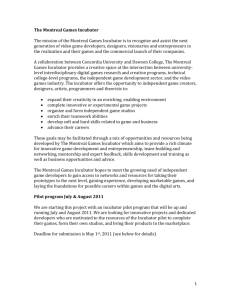Health Care Maintenance
advertisement
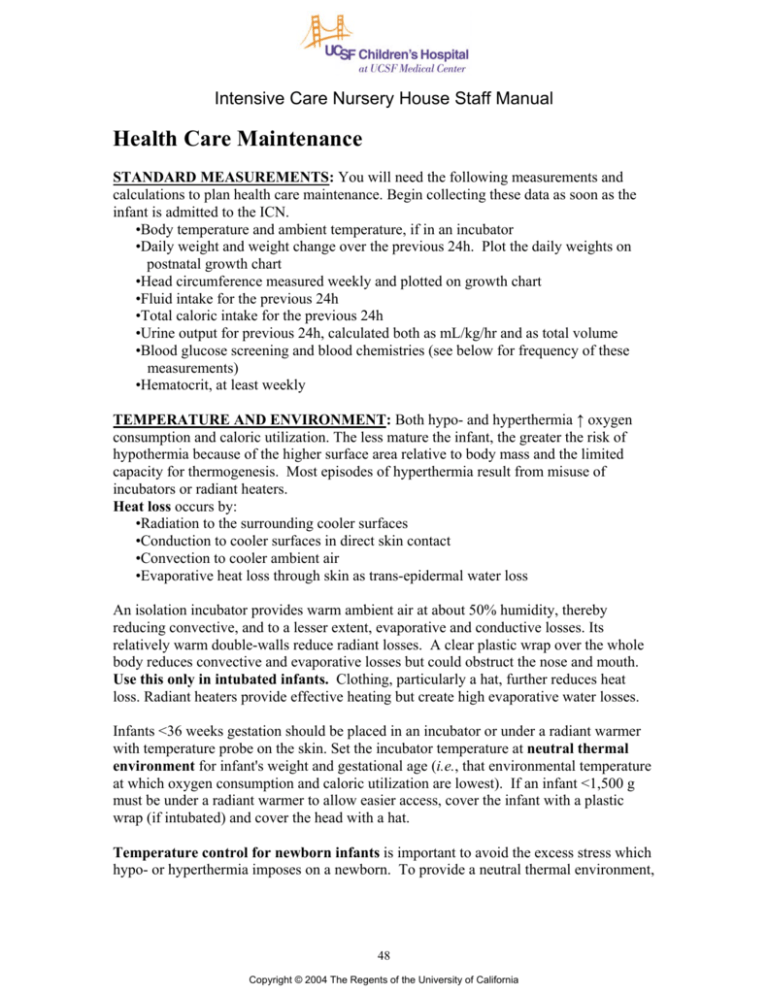
Intensive Care Nursery House Staff Manual Health Care Maintenance STANDARD MEASUREMENTS: You will need the following measurements and calculations to plan health care maintenance. Begin collecting these data as soon as the infant is admitted to the ICN. •Body temperature and ambient temperature, if in an incubator •Daily weight and weight change over the previous 24h. Plot the daily weights on postnatal growth chart •Head circumference measured weekly and plotted on growth chart •Fluid intake for the previous 24h •Total caloric intake for the previous 24h •Urine output for previous 24h, calculated both as mL/kg/hr and as total volume •Blood glucose screening and blood chemistries (see below for frequency of these measurements) •Hematocrit, at least weekly TEMPERATURE AND ENVIRONMENT: Both hypo- and hyperthermia ↑ oxygen consumption and caloric utilization. The less mature the infant, the greater the risk of hypothermia because of the higher surface area relative to body mass and the limited capacity for thermogenesis. Most episodes of hyperthermia result from misuse of incubators or radiant heaters. Heat loss occurs by: •Radiation to the surrounding cooler surfaces •Conduction to cooler surfaces in direct skin contact •Convection to cooler ambient air •Evaporative heat loss through skin as trans-epidermal water loss An isolation incubator provides warm ambient air at about 50% humidity, thereby reducing convective, and to a lesser extent, evaporative and conductive losses. Its relatively warm double-walls reduce radiant losses. A clear plastic wrap over the whole body reduces convective and evaporative losses but could obstruct the nose and mouth. Use this only in intubated infants. Clothing, particularly a hat, further reduces heat loss. Radiant heaters provide effective heating but create high evaporative water losses. Infants <36 weeks gestation should be placed in an incubator or under a radiant warmer with temperature probe on the skin. Set the incubator temperature at neutral thermal environment for infant's weight and gestational age (i.e., that environmental temperature at which oxygen consumption and caloric utilization are lowest). If an infant <1,500 g must be under a radiant warmer to allow easier access, cover the infant with a plastic wrap (if intubated) and cover the head with a hat. Temperature control for newborn infants is important to avoid the excess stress which hypo- or hyperthermia imposes on a newborn. To provide a neutral thermal environment, 48 Copyright © 2004 The Regents of the University of California Health Care Maintenance the incubator temperature should be kept at the temperatures shown in the following tables. Incubator Air Temperatures for the First 24 Hours after Birth Birth Weight (g) 500 1,000 1,500 2,000 2,500 3,000 3,500 4,000 Temperatures (ºC) Median ± Range 35.5 0.5 34.9 0.5 34.0 0.5 33.5 0.5 33.2 0.8 33.0 1.0 32.8 1.2 32.6 1.4 Neutral Thermal Environment Temperatures According to Age and Birth Weight Weight (g): <1500 Age Temperature (ºC) Day Median ± Range 1 34.3 0.4 2 33.7 0.5 3 33.5 0.5 4 33.5 0.5 5 33.5 0.5 6 33.5 0.5 7 33.5 0.5 8 33.5 0.5 9 33.5 0.5 10 33.5 0.5 11 33.5 0.5 12 33.5 0.5 13 33.5 0.5 14 33.4 0.6 15 33.3 0.7 Week 4 32.9 0.8 5 32.1 0.7 6 31.8 0.6 7 31.1 0.6 1,501-2,500 Temperature (ºC) Median ± Range 33.4 0.6 32.7 0.9 32.4 0.9 32.3 0.9 32.2 0.9 32.1 0.9 32.1 0.9 32.1 0.9 32.1 0.9 32.1 0.9 32.1 0.9 32.1 0.9 32.1 0.9 32.1 0.9 32.0 0.9 31.7 31.1 30.6 30.1 > 2,500 Temperature (ºC) Median ± Range 33.0 1.0 32.4 1.3 31.9 1.3 31.5 1.3 31.2 1.3 30.9 1.3 30.8 1.4 30.6 1.4 30.4 1.4 30.2 1.5 29.9 1.5 29.5 1.6 29.2 1.6 1.1 1.1 1.1 1.1 When the incubator is opened for procedures, use a portable overhead warmer with temperature probe and/or a Portawarmer™ to prevent hypothermia. 49 Copyright © 2004 The Regents of the University of California
